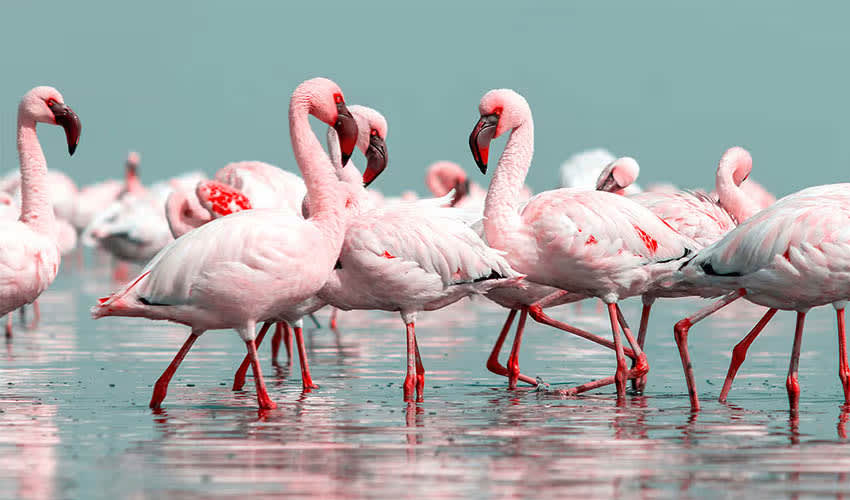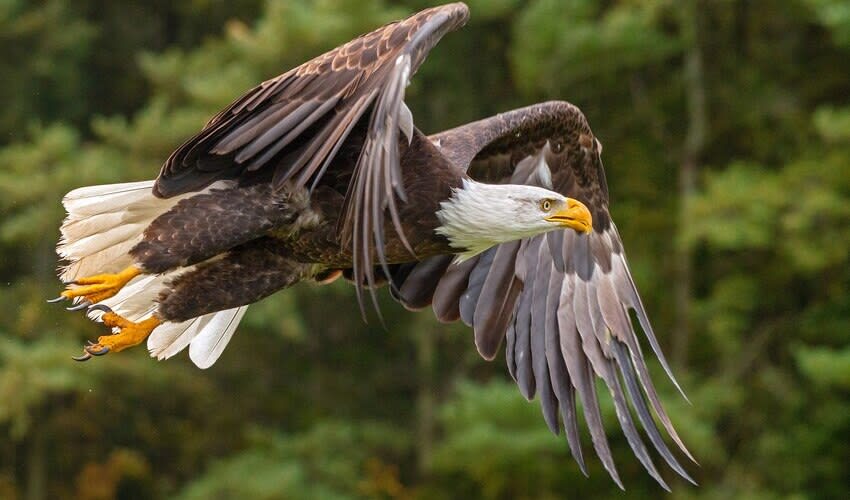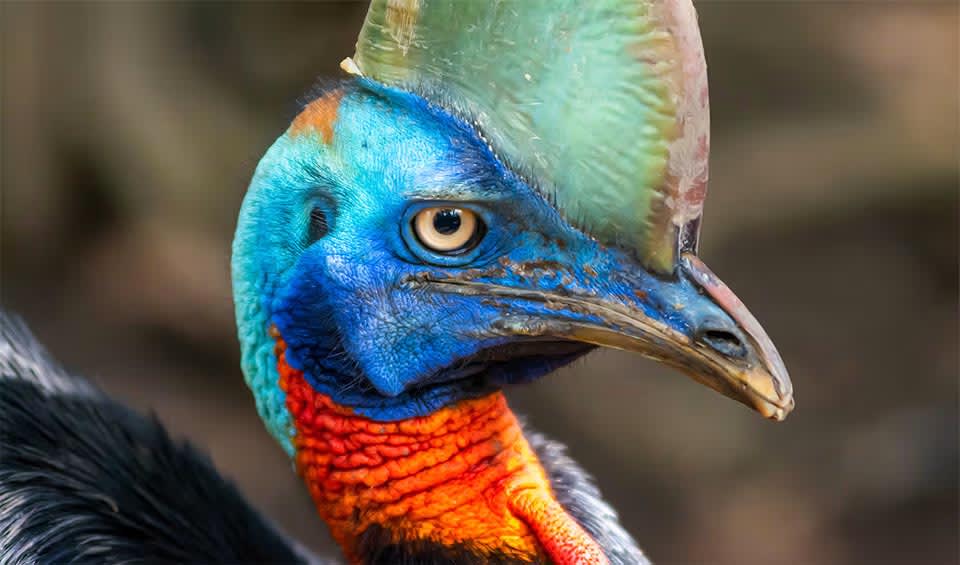Birds
Birds have always captivated mankind’s imagination because of their mastery of the skies
Birds, encompassing over 10,000 species, are fascinating and diverse creatures that adorn our skies and landscapes. Although not all birds can fly, they are most well-known for their flying ability. With their roots tracing back to dinosaurs, particularly the theropods, birds are a prime example of evolutionary success.
The most conspicuous features of birds are their feathers, which are unique to them. Feathers perform multiple functions: they enable flight, provide insulation that maintains body temperature, and often offer camouflage or attractive displays for mating rituals. The structure of feathers is a marvel of nature; they are incredibly lightweight yet strong enough to withstand the demands of flight.
Bird anatomy is optimized for flight. Their bones are pneumatic – containing air spaces that make them lighter. The bird skeleton is a masterpiece of evolution, providing a sturdy framework while minimizing weight. The sternum, or breastbone, often has a keel to which the flight muscles are attached, enabling the powerful wing beats needed for flight.
Respiration in birds is remarkably efficient. They have a unique system that includes air sacs, allowing for a continuous flow of air through the lungs, ensuring that they have a constant supply of fresh air during inhalation and exhalation. This system is essential because it provides the high levels of oxygen required for the intense metabolic demands of flight.
Reproduction in birds involves laying eggs, often cared for in nests constructed with remarkable architectural skill. The variety of nests is as diverse as the bird species themselves, ranging from simple depressions in the ground to elaborate structures made of twigs, leaves, and other materials.
Their conquest of the skies, their colors, their songs, and often secretive lives have meant that humanity has been and will continue to be fascinated by birds for a long time.
Orders in this class
Passerine-like
This dominant order represents 60% of birds sometimes known as perching birds or songbirds
Some of the fastest, tiniest, and most acrobatic flyers in the world
Parrots are among the most intelligent of birds, with brain-to- body size ratios comparable to higher primates
Did you know woodpeckers peck on wood as a form of non-vocal communication?
Coraciiformes means ‘raven-like’ in Latin, strange when you think of the colorful birds belonging to this order
Shy birds with really loud voices making them hard to spot but easy to hear
It’s “good night, sleep tight” just for a few of us, not these nightbirds!
Previously a part of the order Coraciiformes, these brightly colored birds are now in order of their own
These ground-dwelling birds with their elegant walk are reluctant but powerful fliers and include the world’s heaviest flying birds
Vibrantly colored birds of the Neotropics; once suborder of Piciformes
The word ‘trogon’ in Greek means ‘nibbling’, something these birds do to trees, making holes in them to use as their nests
Name translates to ‘banana eater’ although their diets contain many fruits and no bananas
These African birds drop their body temperature considerably when in energy-saving mode!
Medium-sized, almost flightless ground-living birds of New Caledonia & tropic Americas
Is seen as a good omen – particularly by couples in love!
Only living representative of his order, found only deep in the Amazon!
Sea & water birds
Found near water bodies, these ‘frequent flyers’ inhabit all continents
Big or small, you’ve got to impress your (to be) partner with a dance!
Medium and large waterbirds found worldwide, most have a bare throat patch
Home to some of the most endangered birds – led to the signing of the Agreement on the Conservation in 2001
Unlike most waterbirds, Suliformes have four webbed toes instead of three
Storks swallow their prey whole and any vegetation consumed is by accident
One could learn superfast dives from these little ‘water witches’!
Did you know that some species of penguin are found in forests?
Flamingos get their unique pink color from the carotenoids in the algae they eat
These great swimmers are anything but loony!
Three good looking species of seabirds with long tails, rarely seen on land
Chicken-like (fowl)
Galliformes’ ancestors survived a sudden mass extinction of three-quarters of the plant and animal species 66 million years ago
Geese are larger than ducks, and have elegant long necks
Bird of prey
Hawks, eagles, and kites. Soaring high in the skies using warm thermals to conserve energy
Nocturnal birds of prey, armed with notoriously hooked, sharped talons, big heads and eyes & silent flight
Peregrine falcons can exceed speeds of over 320 km/h (200 mph) while ‘stooping’ to catch their prey
Their scavenging habits made them a usual addition to scenes in ‘Wild West’ films
The seriemas are large, long-legged territorial birds
Pigeon-like
While the feral pigeon may feel like an urban pest, it has some great cousins you should know about
Possess exceptional powers for sustained flight and are also quite good runners!
Smallish flightless birds are only found in Madagascar, all 3 species are threatened
Ratites & tinamous
Kiwis are so iconic to New Zealand that people from the country are referred to as Kiwis
Large flightless birds native to Australia-New Guinea
The heaviest, tallest and fastest runners among all birds
The Greater rhea is the largest of all South American birds









































